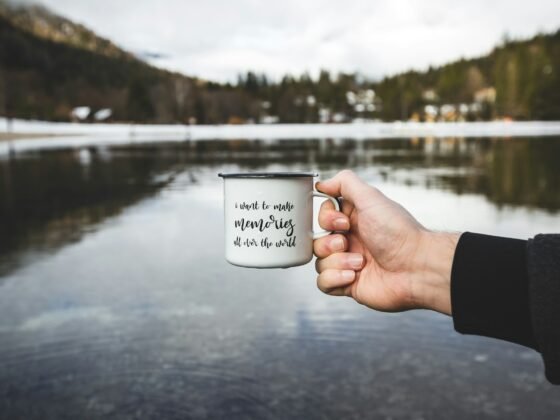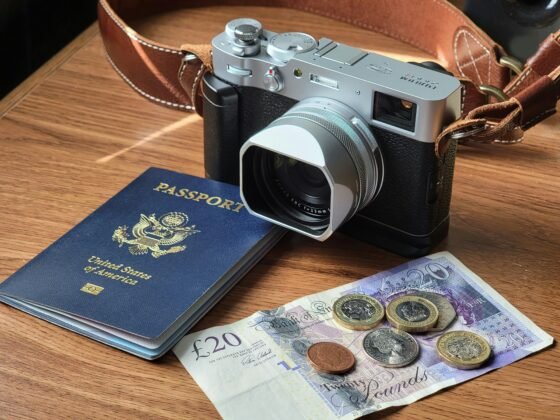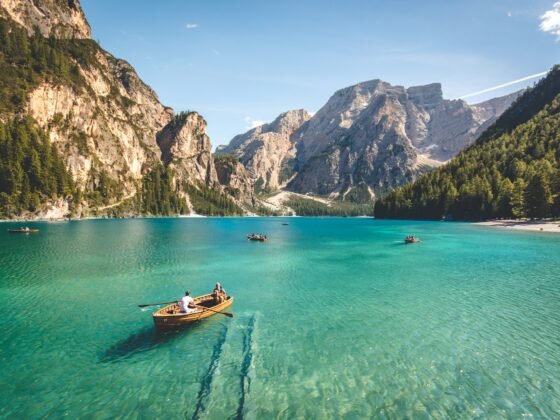
You may be a keen hiker, an outdoor survival enthusiast who enjoys spending time in nature or, perhaps, a camper who needs to feel safe. Surviving in the wild is a life-or-death situation that deserves preparation, especially when caught off-guard! The right gear can help you stay alive until you can get back to safety or for help to arrive. Here are the best tools to have around when danger strikes.
Multi-tool
If there is one tool that can do it all, it’s the multi-tool. A good multi-tool will offer multiple uses in a compact-sized instrument that can go anywhere with you, even on a keychain.
Look for multi-tools that include at least some of the following options:
- Knife – to cut branches, slice meat, open tin cans, and more.
- Scissors – to cut through finer things such as fabric, rope, hair, or wire.
- Tweezers – to yank out those pesky splinters or shards of glass from within your skin.
- Mini-screwdriver – for small electronics, to repair your eyeglasses and tighten small screws.
- File – to reshape or smooth objects.
- Bottle opener – to open bottles.
Each multi-tool comes with its own set of instruments, so take your time to pick the perfect one to add to your survival gear.
Space Blanket
Staying warm is crucial for survival in the wilderness. If your core body temperature dips below 95 F (35 C), your body starts to develop hypothermia, a medical emergency. Once the sun goes down, the surrounding temperature can drop considerably, posing a danger to your health. Cold rain and snow can also draw out your body heat.
A space blanket can help keep you warm and stave off the life-threatening cold. In addition to conserving heat, a space blanket can work with the sun to help you start a fire or cook meals. In a pinch, it can become part of your survival shelter in tandem with a tarp to protect you against the elements and create a sleeping space.
Tarp
You can’t (or shouldn’t) go anywhere outdoors without a tarp. The wild offers few places for humans to sit or sleep. Insects, small animals, and the elements all compete for such spaces and a tarp is the best answer for the when claiming territory for yourself.
A tarp is a core survival item that turns any area into a suitable camping area. It provides ample surface area for preparing food, securing your privacy, guarding your supplies, or even collecting water. Put the versatile tarp on your survival necessities list.
Fire Starter
Fire is essential for survival, especially at night. Fire allows you to boil water, prepare meals, and keep your body warm. Once you find a suitable area for a small campfire, you must find a way to ignite it, which is no easy feat! Fortunately, a fire starter gives you the power to start a fire at will and is typically small enough to fit in your pocket or gear bag.
You can start a fire with different tools, so you have plenty of options. Many folks carry around a box of matches. Other people rely on cigarette lighters or long-nosed charcoal starters. Survivalists typically prefer flint-and-steel fire-starters because they resist moisture and never run out of fuel.
Lighting Options
Once the sun goes to sleep, life becomes exponentially more difficult. Now, there is no light to help you find your way around and no more free heat! It’s up to you to find a new light source, and the flashlight can help you illuminate the night.
There are typically two types of flashlights available on the market: handheld flashlights and headlamps. Headlamps are easiest to work with because they stay on your head and shine a light in the same direction you’re facing. Handheld flashlights require one of your hands but can shine around corners and inside crevices. Remember to bring extra batteries for extended use.
First Aid Kit
You can almost expect accidents and illnesses to happen out in the wilderness. You won’t have access to proper health care to handle your medical emergencies, so you’ll have to move forward with whatever you have. A first aid kit can be your first line of defense against infections and serious injuries.
Shops will sell premade first aid kits containing everything you need to set foot in the wild. These kits can have supplies for minor injuries and offer quick fixes. Look for kits containing bandages, antibiotic creams, alcohol prep pads, sterile strips, gauze pads, and splints. Kits may also have pain killers to help relieve pain and headaches.
Water Filtration Unit
You need water to live, but fresh water is hard to come by in the wild. An average human can survive for approximately three days without water, but the water in rivers, creeks, and ponds contains pollutants that make it undrinkable. All hope is not lost because the solution to these problems is a water filter.
You can filter water manually with household items or run it through a designated filtration system. Purifying water with household items takes a bit of time and effort, so it’s best to have a set of instructions to reference. Water filtration units offer an alternative that can fit within your bag and have a reasonable price tag. Be prepared to filter water for drinking, cleaning, and cooking purposes.
Survival of the fittest is a game that’s easier to beat with the right set of gear. A survival retreat is a great way to test your survival skills and use these tools, but civilians can also have them available in case of emergencies. Obtaining the above survival gear can allow you to survive in the wild and give you peace of mind.











